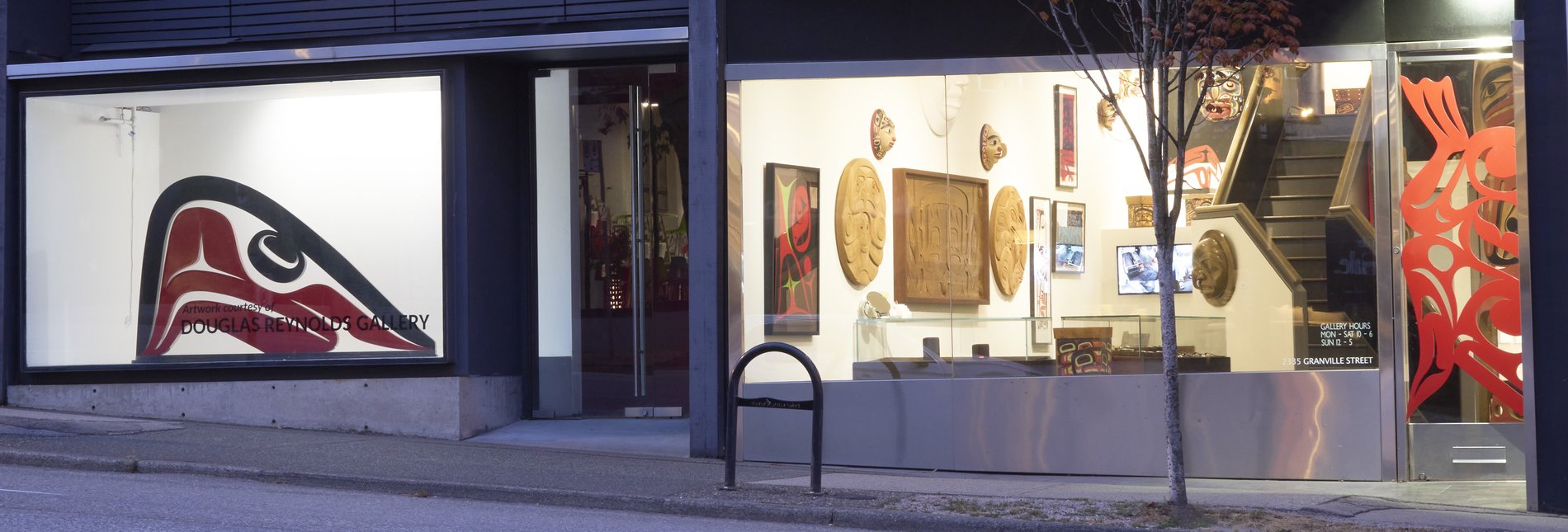It appears that your cart is currently empty

Bill Reid
William Ronald Reid was one of Canada's most important artists; he was an acclaimed Haida master goldsmith, carver, sculptor, writer and spokesman. His father was of Scottish and German origin, and his mother was Haida. Reid's great-uncle was the renowned Haida carver Charles Edenshaw. It was after seeing his exquisitely carved bracelets that Reid felt that “the world was not the same."
Reid's early career in broadcasting included a ten-year contract with CBC Radio in Toronto. During this period, he studied the art of jewellery making at Ryerson Institute of Technology. Until he visited the Royal Ontario Museum, it was his intention to create contemporary jewellery. During this visit, he discovered their collection of Northwest Coast Native Art. His interest was stimulated when he saw a totem pole from his home village of Tanu. From that time on, Reid made it his life's work to explore and recapture the Haida art form and cultural tradition.
In 1985, Reid was approached by Arthur Erickson, the Vancouver architect designing the new Canadian Embassy in Washington, D.C. Erickson discussed with Reid a possible commission - a sculpture for the building's entry court. Reid suggested a motley group of travellers in a traditional Haida canoe. The Spirit of Haida Gwaii, cast in patinated black bronze, took over five years to complete. In 1996, a full size replica was installed in the International Arrivals area at the Vancouver International Airport. In addition, the image of The Spirit of Haida Gwaii, along with three other iconic works by Reid, were used for the Canadian $20 bill from 2004- 2012.
It may be said that Reid has been an incredible impact on Haida Art and culture:
"He helped set in motion a dialogue of reconciliation and a process of reconstruction of the Haida culture of which he will inevitably remain a part, and the bridge of understanding which he helped to build between today's Native people and us others will stand as his monument. " (Doris Shadbolt, from Bill Reid)
In his career he created over 1,500 works from the "monumentally small to the exquisitely huge". His was a huge contribution to contemporary Northwest Coast art. Bill Reid died in March of 1998. He was buried in the Village of Tanu, his mother’s birthplace.
1 – 14 product(s) of 14
